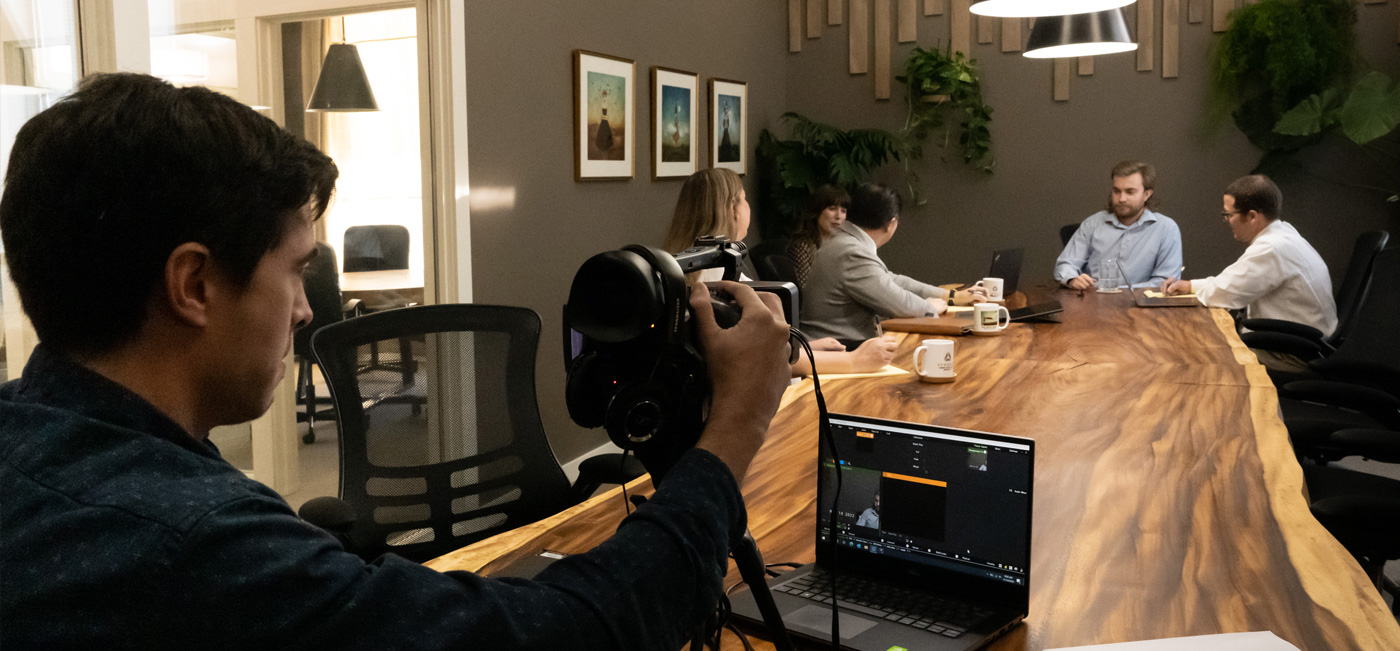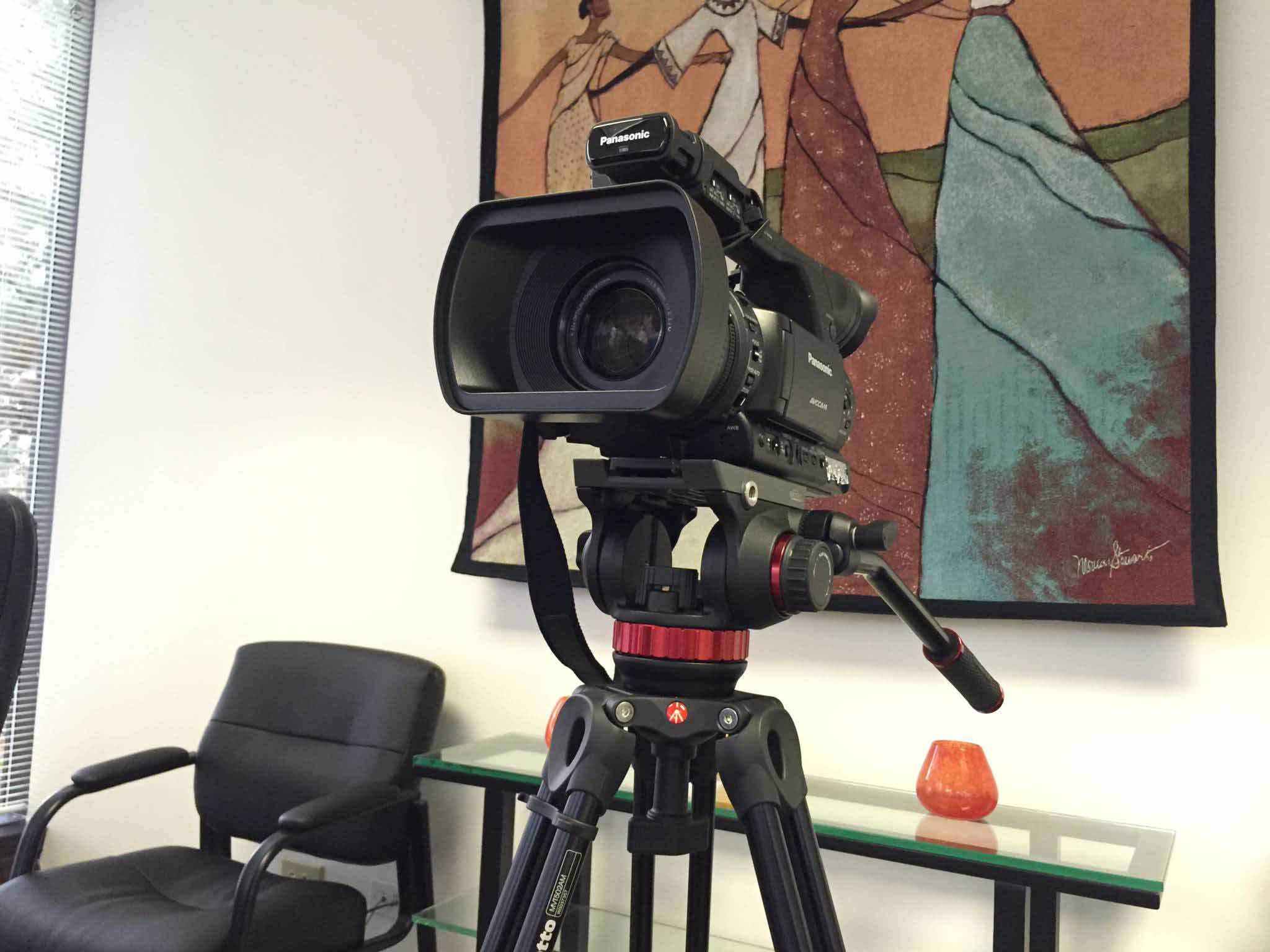How Legal Videography Improves Courtroom Discussions and Evidence
How Legal Videography Improves Courtroom Discussions and Evidence
Blog Article
Delving Into the Mechanisms of Legal Videography: Unveiling Its Operation in Shielding Authentic Aesthetic Testimony for Judicial Process
In the world of judicial process, the duty of lawful videography stands as a keystone in maintaining and providing visual evidence. As technology proceeds to breakthrough, the devices behind lawful videography have become increasingly detailed, providing a crucial layer of credibility to statements caught on video. By diving into the operational details of lawful videography, one can uncover the meticulous procedures that protect the integrity of aesthetic evidence offered in courts - Legal Videography. This exploration not just sheds light on the historic development of lawful videography however also means the future patterns that might even more revolutionize just how visual statements are upheld in the realm of justice.
Historical Development of Lawful Videography
Taking a look at the historic progression of legal videography discloses a significant change in the recording and discussion of visual evidence within the legal landscape. In the past, lawful process heavily depended on composed photographs and transcripts to document events and give proof. However, with the introduction of video modern technology, the lawful sector witnessed a paradigm shift in exactly how visual statement was recorded and provided.
The evolution of lawful videography can be mapped back to the late 20th century when developments in video clip recording tools made it more available for use in courts. This technological improvement not only improved the accuracy and reliability of visual proof yet additionally changed the means instances existed to courts and juries (Legal Videography). Lawyers started to acknowledge the convincing power of video recordings in conveying feelings, nuances, and non-verbal cues that written photos or transcripts alone could not record properly

Technology Innovations in Video Clip Documents
What key technological advancements have transformed video paperwork in the lawful field? The legal area has actually seen considerable developments in video documentation modern technology that have actually improved the authenticity and reliability of aesthetic evidence in judicial proceedings. Among the crucial developments is high-definition (HD) video clip recording abilities, which offer crystal-clear images and sharp information that are vital for properly capturing testimonies, faces, and various other visual signs. Furthermore, the integration of timestamping and metadata attributes in video documents devices has made it possible for accurate documentation of when and where the video clip was tape-recorded, ensuring the stability of the evidence provided in court.
Moreover, improvements in video encryption and watermarking modern technologies have actually strengthened the safety and tamper-proof nature of video evidence, securing it versus unauthorized modifications or meddling. Furthermore, the development of cloud storage space solutions and remote gain access to capacities has structured the storage, retrieval, and sharing of video proof, promoting seamless collaboration among lawful specialists and ensuring efficient access to important aesthetic testimonies when required. These technological improvements in video paperwork have definitely changed the lawful learn this here now area, improving the accuracy, integrity, and admissibility of aesthetic evidence in judicial proceedings.
Role of Legal Videographers in Court Settings
The advancement of video clip paperwork technology in the lawful field has demanded a crucial duty for legal videographers in courtroom settings, ensuring the honesty and integrity of aesthetic testaments presented throughout judicial procedures. Lawful videographers play a basic role in catching and protecting precise aesthetic evidence that can be crucial in court cases. Their obligation reaches establishing devices, taping proceedings, and creating premium videos that accurately mirror the occasions in the courtroom.
In court room settings, lawful videographers must stick to rigorous standards and criteria to preserve the authenticity of the visual record. They must have an eager eye for detail and a complete understanding of lawful procedures to make certain that the footage they record is a true representation of the events that transpired. Additionally, legal videographers commonly work closely with legal teams to ensure that the video clip proof straightens with the instance's demands and can be properly provided in court to sustain the legal debates being made. Generally, the function of lawful videographers in courtroom setups is indispensable in promoting the principles of justice and guaranteeing the openness of lawful process.

Ensuring Admissibility and Honesty of Video Evidence
To preserve the credibility of visual proof offered in legal procedures, making sure the admissibility and honesty of video evidence is an important duty for lawful videographers. Admissibility refers to the acceptance of evidence by the court, and for video evidence to be acceptable, it has to meet certain requirements. Legal videographers play a critical role in ensuring that the videos they catch adhere to the policies of proof, such as reliability, significance, and credibility.
Stability of video evidence involves maintaining the creativity and precision of the video footage from the moment it is taped up until it exists in court. This includes firmly saving the video clip data, documenting the chain of safekeeping, and avoiding any meddling or modifications. Legal videographers must abide by stringent procedures to guarantee the integrity of the video clip evidence and prevent any kind of obstacles to its credibility.
Future Trends in Legal Videography
Given the raising dependence on innovation in legal process, legal videographers are poised to welcome ingenious developments forming the future of aesthetic testimony capture and discussion. One Get the facts of the prominent fads coming up is the integration of digital fact (VR) and boosted truth (AR) technologies right into legal videography. These modern technologies have the prospective to transform just how visual proof exists in court rooms, enabling courts and judges to submerse themselves in the scene of the criminal offense or case.
Moreover, the usage of expert system (AI) algorithms for video clip analysis is expected to simplify the process of assessing and evaluating huge amounts of video footage. AI can aid in determining vital moments, abnormalities, and patterns within video clips, enhancing the effectiveness find more info of lawful investigations.

Conclusion
In final thought, lawful videography has played an essential duty in offering genuine visual evidence for judicial process. Through technical developments and the expertise of legal videographers, the honesty and admissibility of video proof are made certain in court setups. As lawful videography remains to advance, it will be necessary to copyright requirements that keep the precision and reliability of visual testament for the future of legal proceedings.
Taking a look at the historical progression of legal videography discloses a significant change in the catching and discussion of visual proof within the lawful landscape.The evolution of video paperwork modern technology in the lawful field has required a vital duty for lawful videographers in courtroom settings, making sure the honesty and reliability of visual testimonies provided during judicial procedures. Furthermore, lawful videographers commonly function very closely with lawful groups to make certain that the video clip proof straightens with the instance's needs and can be efficiently presented in court to support the legal arguments being made.To maintain the reliability of visual evidence offered in lawful process, making certain the admissibility and honesty of video clip evidence is an essential duty for lawful videographers. As lawful videography proceeds to progress, it will be important to support standards that maintain the precision and integrity of aesthetic testament for the future of legal proceedings.
Report this page